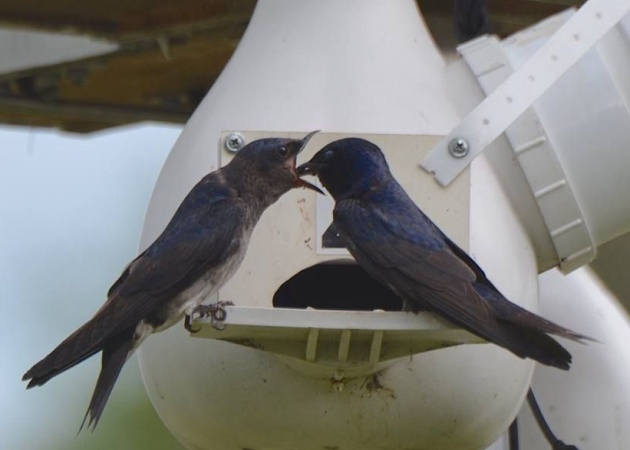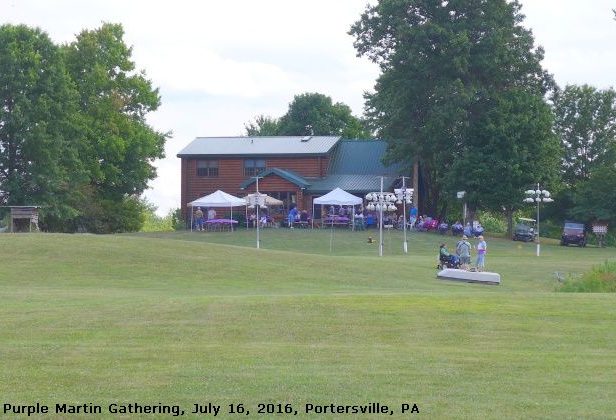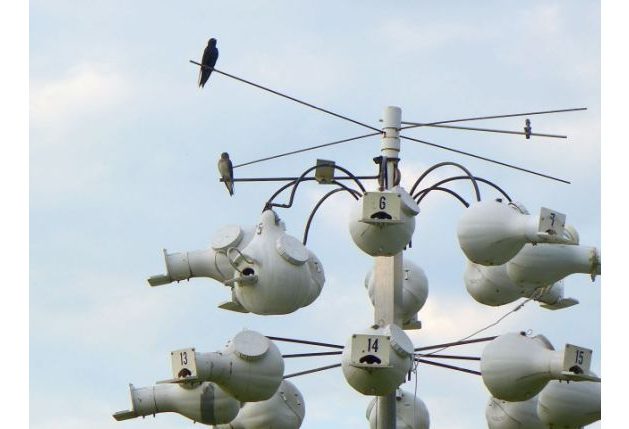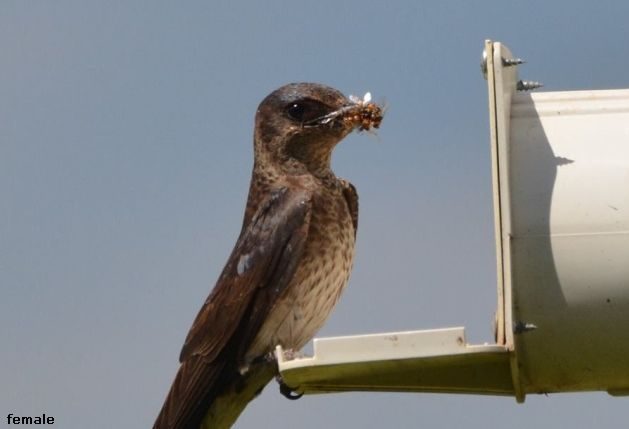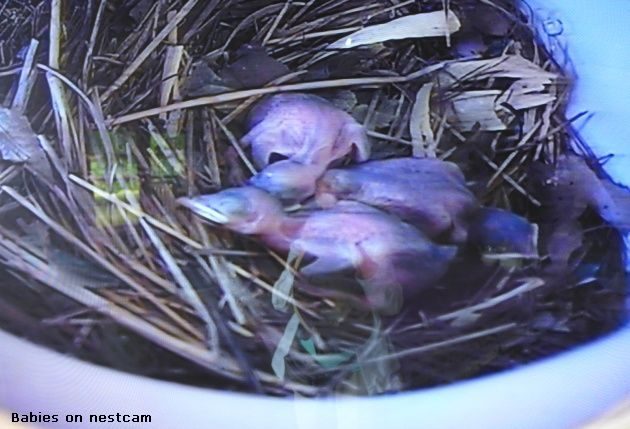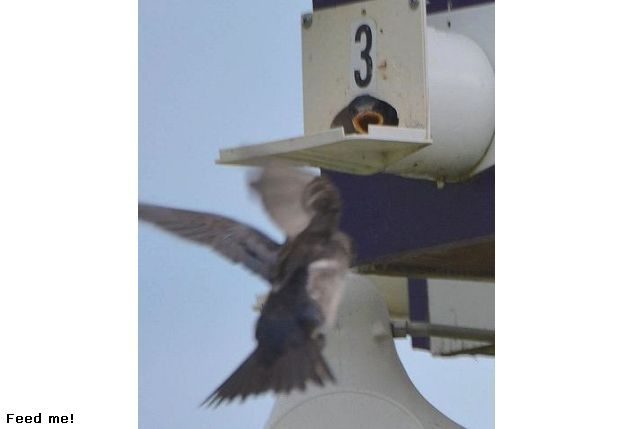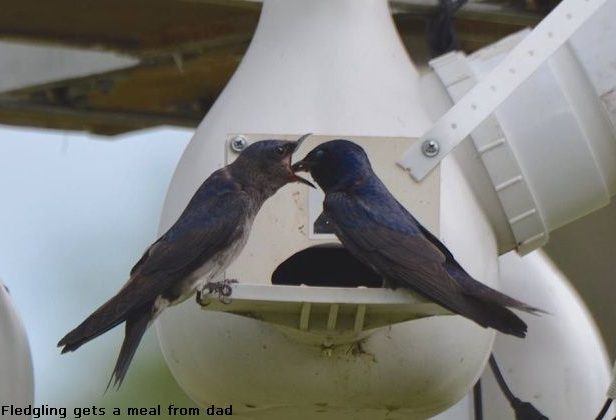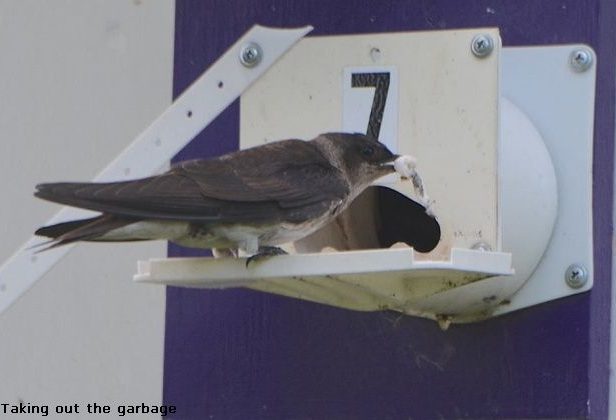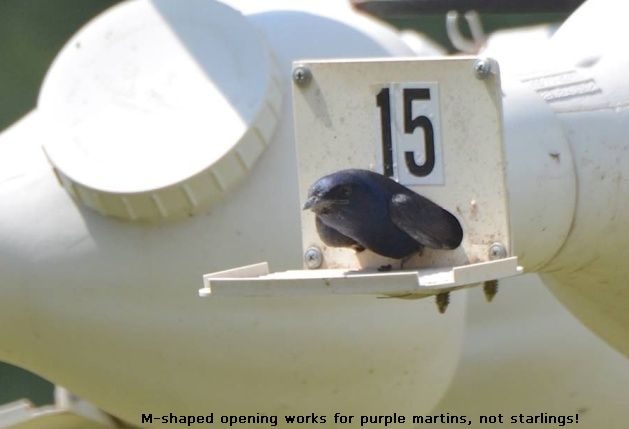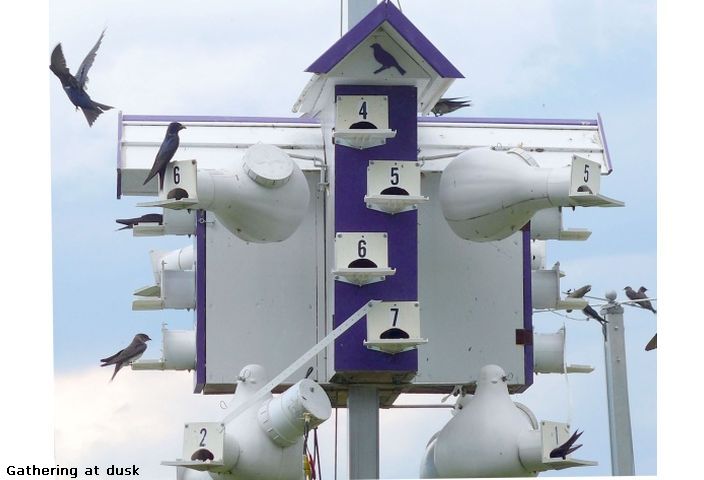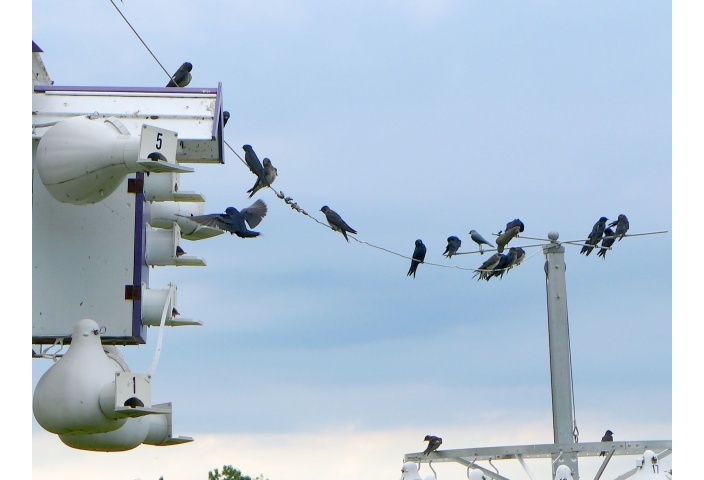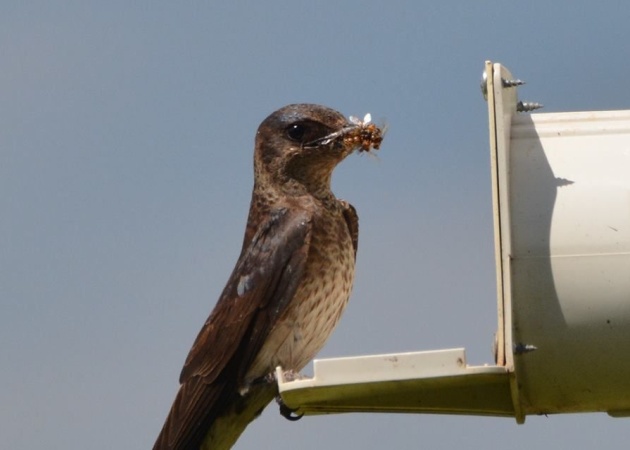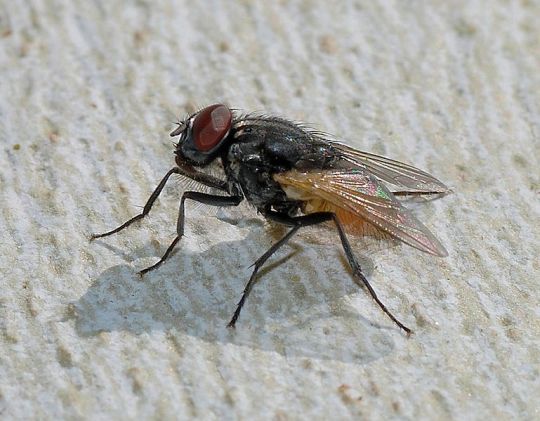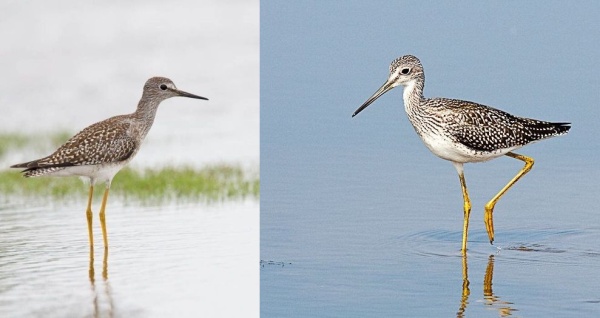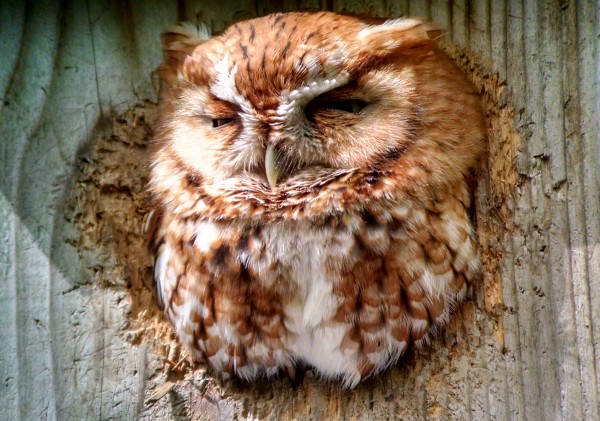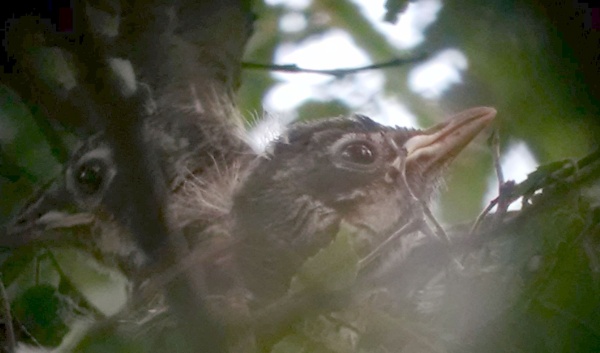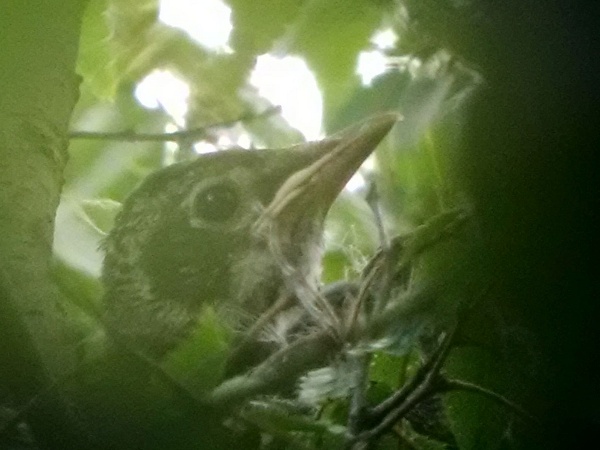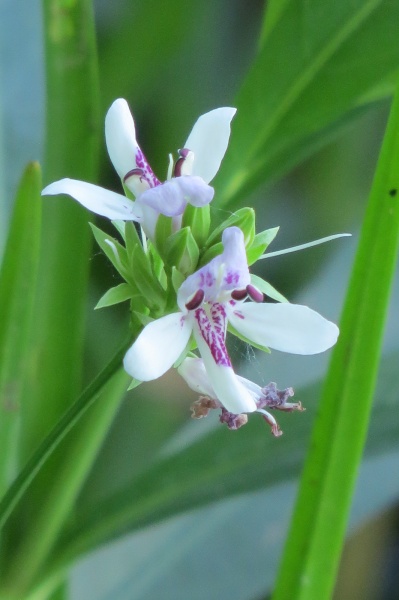
Here’s a plant you might not notice unless you walk to the water’s edge. Even then, it’s unremarkable from a distance because it looks like a clump of tall grass –> like this.
American water willow (Justicia americana) is the hardiest member of the tropical Justicia genus and the only one found in Pennsylvania. It likes to keep its feet wet so it typically grows on muddy shores or islands in creeks and rivers.
It’s always associated with water and its leaves resemble willows and so it got its name.
Water willow’s iris-like flowers are 1.5 inches across so they’re hard to see on a distant island. However, I’ve found them on shore at Duck Hollow, in Slippery Rock Creek at McConnell’s Mill State Park and in Chartiers Creek at Boyce-Mayview wetlands.
In this weekend’s hot weather, check out the water’s edge. Dianne Machesney found this one blooming at the Youghiogheny River in Ohiopyle.
(photo by Dianne Machesney)
